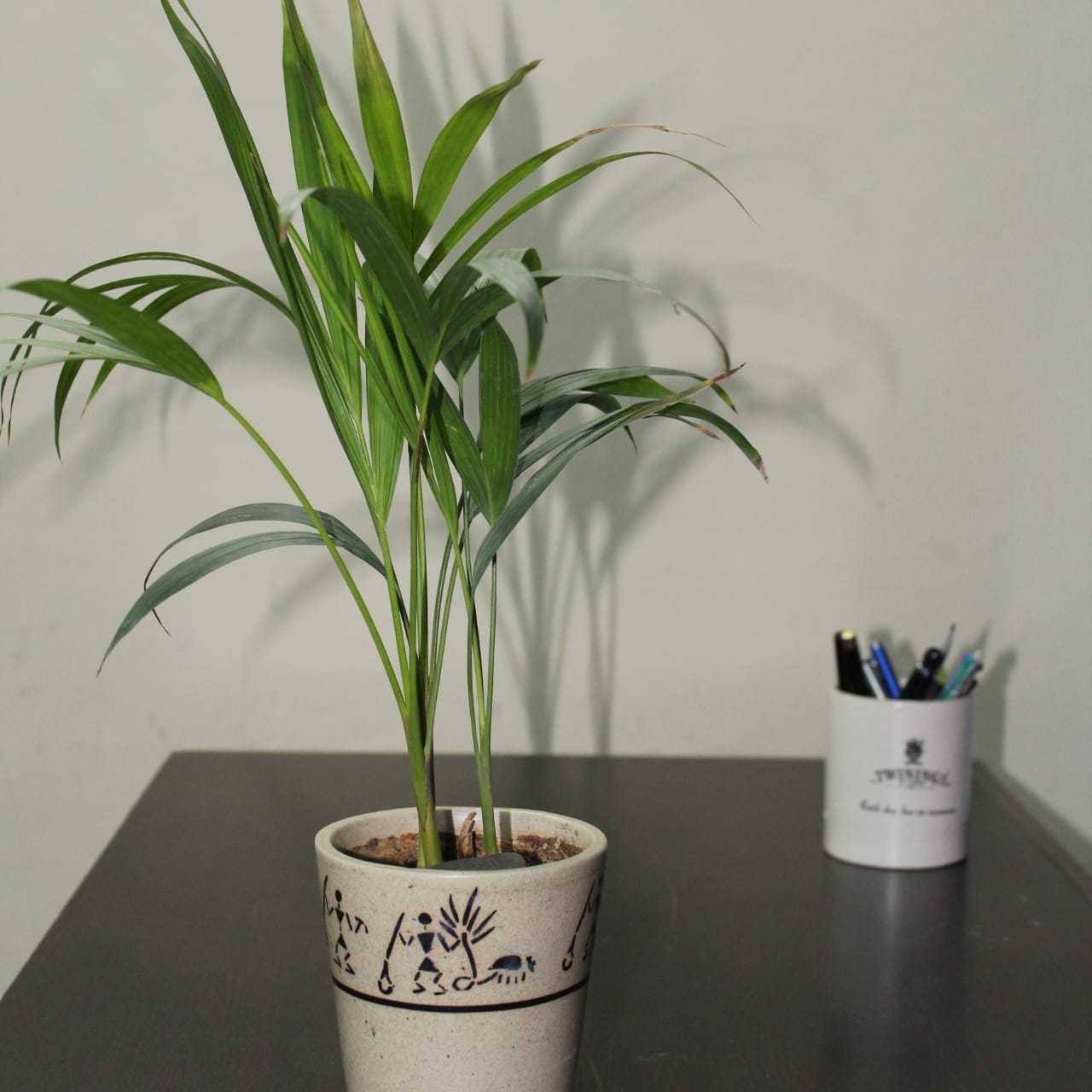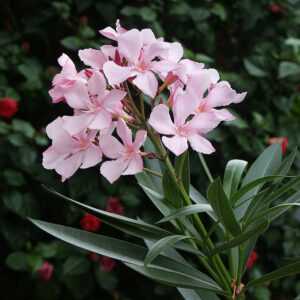Introduction
The Areca palm, also known as Dypsis lutescens, is a popular indoor plant that can add a touch of tropical charm to any space. With its lush green fronds and graceful appearance, the Areca palm is a favorite among plant enthusiasts and interior decorators alike.
It is native to Madagascar and is well-suited to indoor environments. It thrives in warm, humid conditions, making it an ideal choice for homes and offices. Areca palms are relatively easy to care for. They require regular watering and bright, indirect light, but otherwise, they are low-maintenance plants.
Click on the headings to read more!
Benefits of growing an Areca palm plant
Aesthetically pleasing:
Areca palm plants have lush green foliage that adds a tropical and relaxing vibe to any indoor or outdoor space.
Air purifier:
Areca palm plants are known for their air-purifying properties. They can remove harmful pollutants like formaldehyde, benzene, and xylene from the air, improving indoor air quality.
Humidifier:
Areca palm plants release moisture into the air, which can help to increase humidity levels in dry indoor environments.
Stress reduction:
The presence of plants like Areca palm can help to reduce stress and promote relaxation.
Easy to care for:
Areca palm plants are relatively low-maintenance and easy to care for, making them a great choice for beginner plant owners.
Natural décor:
Areca palm plants can be used to decorate indoor or outdoor spaces in a natural and environmentally friendly way.
Improved concentration:
Studies have shown that the presence of plants in the workplace can help to improve concentration and productivity.
Eco-friendly:
Growing plants like Areca palm is an eco-friendly way to add natural beauty to your surroundings, and they also absorb carbon dioxide and release oxygen, helping to reduce your carbon footprint.
Areca Palm Plant Care
Caring for an Areca palm is relatively easy, and it can be an excellent plant for beginners. Here are some tips to keep in mind:
Planting:
Areca palms are typically planted in well-draining soil. They prefer warm, humid environments, so they are best suited to indoor environments or outdoor locations with warm, tropical climates.
Watering:
Areca palms should be watered when the top inch of soil feels dry to the touch. This typically means watering the plant once a week.
Light:
Areca palms prefer bright, indirect light. They can also tolerate some shade, but avoid direct sunlight, as it can scorch the leaves.
Temperature:
Areca palms are not well-suited to cold temperatures. They prefer temperatures between 65-75°F (18-24°C). Avoid placing them near drafts or air conditioning vents, as this can cause the plant to dry out. They should be kept in warm, humid environments during the winter months.
Fertilizer:
Areca palms benefit from regular fertilization during the growing season (spring and summer). Use a balanced fertilizer every two weeks.
Pruning:
Prune dead or yellowing fronds to keep the plant looking its best.
Propagation
Areca palm can be propagated through division, which involves separating the plant into smaller sections, each with its own roots and stems. To propagate Areca palm through division, you can follow these steps:
- Carefully remove the plant from its pot, being mindful not to damage the roots.
- Gently separate the plant into smaller sections, each with its own roots and stems.
- Plant each section in its own pot filled with well-draining soil.
- Water the newly propagated plants and place them in a warm, humid environment.



